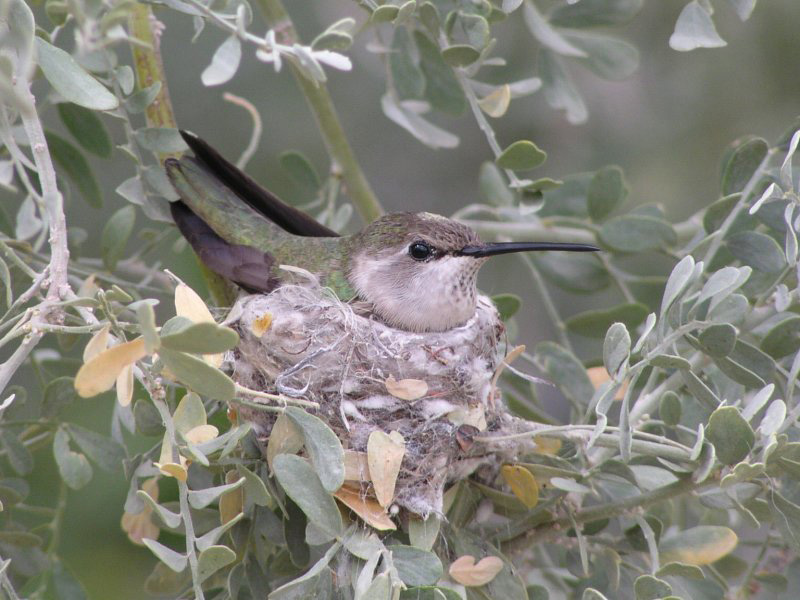 Photo ©
Ashley Cohrt
Photo ©
Ashley Cohrt
The Predator Next Door
You might think that a nesting bird would want to be as far away from a predator as it could get and, generally speaking, that’s true. However, it could be very strategic to nest near a predator that is two or more steps above you in the food chain (i.e., your predators’ predator). In this way, some birds derive protection from larger, more aggressive species that keep generalist predators at bay. This phenomenon is called a protective nesting association. Here are two of our favorite examples of nest-protecting predators:
Alligators and Wading Birds
In the southeastern United States, researchers found that wading birds such as herons, egrets, ibises, storks, and spoonbills appear to seek out alligator-inhabited waters above which they can nest. The alligators keep away (or eat) nest predators such as opossums and raccoons, and they cannot climb trees to rob nests themselves. However, the alligators certainly claim any chicks that fall out of the nests from time to time, making it likely that they are also benefiting from their avian neighbors.
Hawks and Hummingbirds
Black-chinned Hummingbirds nesting in southeastern Arizona were found to cluster their nests around the nests of Northern Goshawks and Cooper’s Hawks. Both species of hawk prey on birds, but would not normally bother with something as small as a hummingbird. Researchers found that hummers that nested within 300 meters of the hawks were much more likely to successfully raise young than those that nested farther away.
At least 92 such associations have been documented so far. It is unclear whether the recipients of the protection actively seek out these “protectors,” or if they are simply recognizing that an area has fewer nest predators. Either way, it can pay off to have a formidable carnivore for a neighbor…as long as you fly under the radar.
 Photo ©
Photo ©